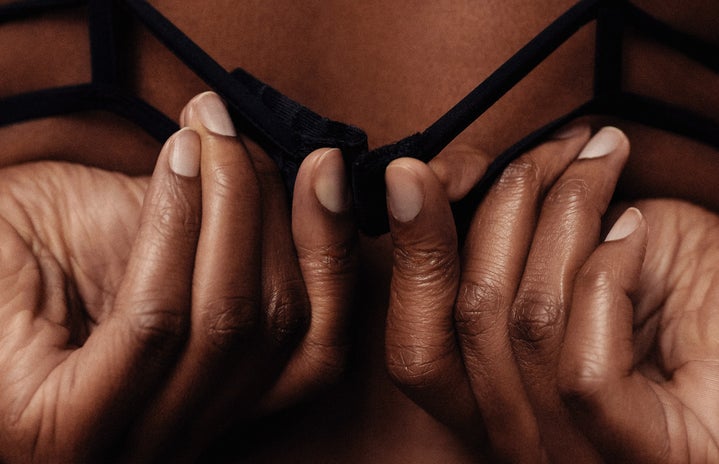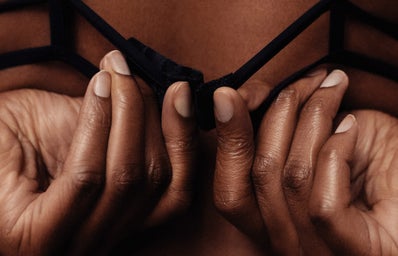Your high school health class teacher may have passed out flyers for self-breast examinations, but not many young girls actually perform them monthly. Too often, women dismiss self-breast examinations from their monthly routine because it takes too long or they are not sure how to. However, self-breast exams are extremely important and detecting the cancer early on from a BSE can be lifesaving. So how exactly should we be participating in self-breast examinations?
Before you get to the actually inspection, the time you perform a SBE is also crucial. Experts recommend doing it around the same time each month, many saying right after your period ends. Also, it is important to get familiar with your breasts, which will allow you to recognize abnormalities if they do arise. Keeping a log from each month can help you keep track of any possible changes.
When performing a self-breast examination, it is crucial to know exactly what you are looking for. Signs can range from a new lump, change in breast shape or size, nipple inversion, fluids leaking from nipple, area of redness or dimpling on breast skin, and persistent breast pain and discomfort. It is always important to realize that any change could mean something, and to always bring up such concerns with your health-care provider.
According to the National Breast Cancer Foundation, Self-breast exams must be performed in 3 places: in front of a mirror, lying down, and in the shower.
1. In Front of the Mirror
Stand in front of the mirror topless with your feet comfortably apart and hands resting at your sides or on your hips. This step is purely visual. Begin by looking for any physical changes. Next, raise both arms above your head, it is imperative to look for unusual dimpling, puckering, major differences in breasts, or fluids releasing from nipples. It is crucial to remember that no individual will have two identical breasts and small differences are usually fine, but major differences or changes are important.
2. Lying Down
Lying down is an essential step because it allows for the breast tissue to spread evenly across your chest wall. To begin, place a pillow under your right shoulder and place your right arm behind your head. Use your left hand to feel your right breast. Once complete, repeat with opposite hand and breast.
Place the pads of two or three fingers (not fingertips) to examine the breast. Using an up/down, wedge, or circular/spiraling motion, gently feel around all of the breast and surrounding area. Vary between light, medium, and firm pressure along the entire breast. Make sure to completely examine all parts of the breasts and surrounding areas, from collarbone to abdomen and from armpit to sternum. It is crucial to inspect all parts in all pressures.
3. In the Shower
You also need to examine the breasts when they are wet or slippery, something most women do in the shower. However, you may also do this step with other means, such as coconut oil. Begin by raising your right arm in the air or behind your head and use your left hand to feel the right breast. Using the same hand motions as lying down, check the entire breast and armpit area for lumps, thickening, and hardened knots. Repeat with the opposite breast.
For a more detailed and in-depth description of self-breast exams, anatomy of breasts, and more, check out this video by Dr. Doe, a registered doctor of human sexuality with a specialty in sexology.


